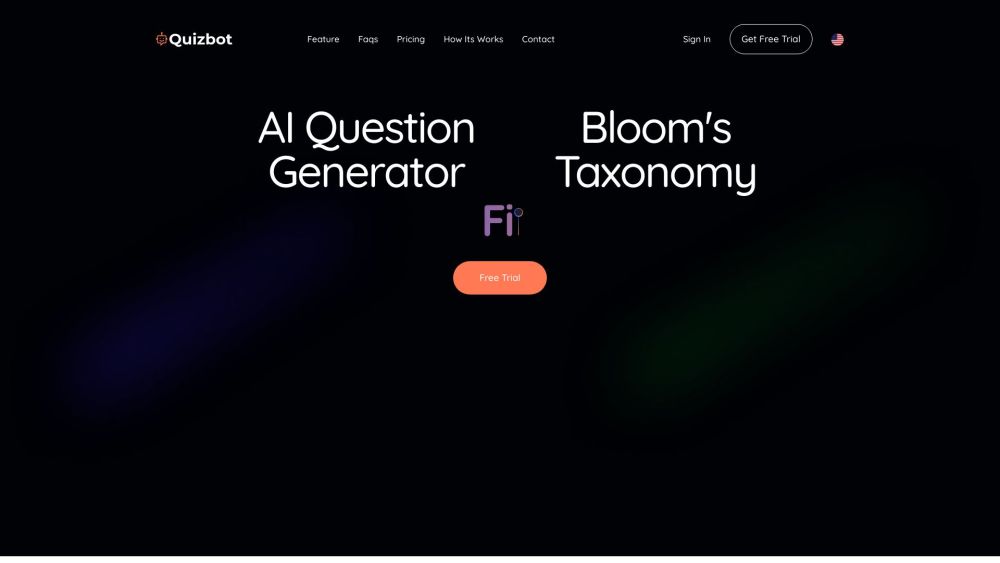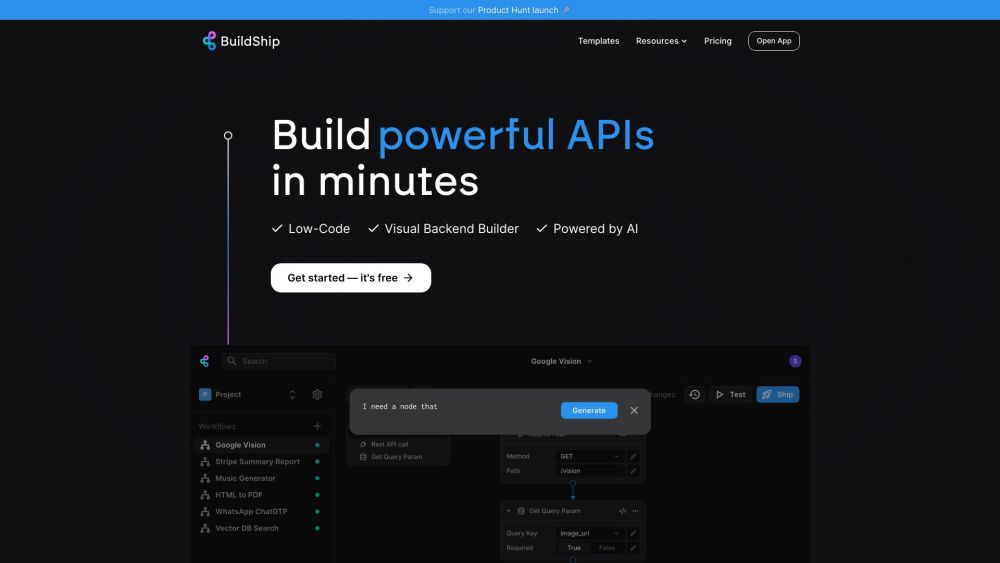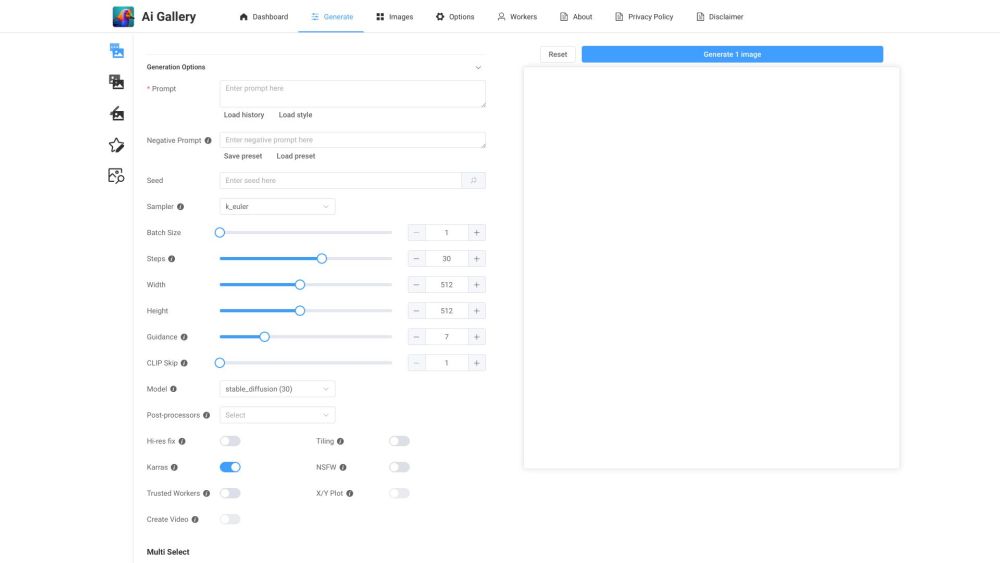Nvidia has long held the throne in AI compute hardware with its powerful graphics processing units (GPUs). However, the Spring 2024 launch of Cerebras Systems' third-generation chip, featuring their innovative wafer-scale engine technology, is stirring the market by providing enterprises with a formidable alternative.
This article delves into the significance of Cerebras' new product, compares it to Nvidia's offerings and those of Groq—a rising startup specializing in AI compute hardware—and outlines what enterprise decision-makers should consider in this shifting landscape.
The Importance of Timing
Cerebras' and Groq's entry into the market comes as AI transitions from training large language models (LLMs) to deploying them in real-world applications. While Nvidia's GPUs have dominated the training phase, experts predict that within the next 18 months, AI workloads will pivot to inference, an area where speed and efficiency are crucial. The question remains: can Nvidia sustain its leading position?
Understanding Inference
Inference refers to the process where a trained AI model analyzes new data and delivers results, such as during a conversation with an LLM or a self-driving car navigating traffic. This phase is essential for all AI applications, from real-time interactions to extensive data analytics, driving predictions of explosive growth in the AI inference market, expected to reach $90.6 billion by 2030.
Historically, AI inference has relied on GPUs due to their efficiency in parallel computing. However, the increasing demand for inference workloads often leads to high power consumption, heat generation, and maintenance costs.
Cerebras: Pioneering AI Inference Hardware
Founded in 2016, Cerebras Systems has emerged as a leader in AI inference hardware. The company’s flagship product, the Wafer-Scale Engine (WSE), sets a new benchmark for inference performance and efficiency. The newly launched third-generation CS-3 chip features 4 trillion transistors, making it the largest neural network chip ever, with on-chip memory 3000 times greater than that of traditional GPUs. This architecture allows for massive workloads without network dependencies, yielding faster processing speeds, increased scalability, and reduced power consumption.
Cerebras’ CS-3 excels with LLMs, reportedly processing an astonishing 1,800 tokens per second for the Llama 3.1 8B model, significantly outperforming current GPU solutions. With costs starting at just 10 cents per million tokens, Cerebras is positioning itself as a cost-effective alternative.
The Need for Speed
Cerebras' remarkable performance metrics have garnered industry attention. Key figures in the tech community showcase the advantages:
“Speed and scale change everything," asserts Kim Branson, SVP of AI/ML at GlaxoSmithKline, stating that the CS-3 has enhanced their capabilities in data analysis for drug discovery.
Denis Yarats, CTO of Perplexity, highlights how ultra-fast inference can revolutionize user experiences, emphasizing that "lower latencies drive higher user engagement." Cerebras' 20x speed advantage over traditional GPUs could transform interactions with search and intelligent answer engines.
Russell d’Sa, CEO of LiveKit, reflects on how Cerebras' technology enables next-gen multimodal AI applications, enhancing user experiences through ultra-low latency.
The Competitive Landscape: Nvidia vs. Groq vs. Cerebras
Despite its technological prowess, Cerebras faces stiff competition. Nvidia’s GPU dominance remains, with its Hopper architecture integral to training and running AI models. Nvidia GPUs are widely available through major cloud platforms like Amazon Web Services, Google Cloud Platform, and Microsoft Azure, ensuring robust ecosystem support.
However, the demand for specialized AI hardware is growing, and Groq is also making strides with its inference-focused language processing unit (LPU), utilizing proprietary Tensor Streaming Processor (TSP) technology to deliver impressive performance and energy efficiency.
While both Cerebras and Groq are newer players, their cloud solutions allow enterprises to experiment with state-of-the-art AI inference technologies at a lower cost and with greater flexibility, despite Nvidia’s established presence.
Comparative Overview
Nvidia
- Performance: Excels in parallel processing but lacks the speed of specialized chips like the CS-3 for inference.
- Energy Efficiency: While improvements have been made, Nvidia GPUs are still power-intensive compared to Cerebras and Groq offerings.
- Scalability: Highly scalable with established methods to connect multiple GPUs.
- Flexibility: Extensive customization options through CUDA and a comprehensive software ecosystem.
- Cloud Access: Widely available through major cloud providers.
Cerebras
- Power: The CS-3 is a powerhouse with 900,000 AI-optimized cores, achieving peak performance of 125 petaflops.
- Energy Efficiency: Its single-chip design dramatically reduces energy consumption compared to networked GPU systems.
- Scalability: Capable of supporting clusters of up to 2,048 systems, delivering up to 256 exaflops of compute.
- Strategic Partnerships: Integrates with leading AI tools to support rapid application development.
- Cloud Access: Offered through Cerebras Cloud with flexible pricing models.
Groq
- Power: Designed for high-throughput inference, speculated to be less speedy than Cerebras.
- Energy Efficiency: Claims to be up to 10x more efficient than traditional GPUs.
- Scalability: Scalability is built into its architecture, allowing for additional processors.
- Cloud Access: Available exclusively through Groq Cloud.
Recommendations for Decision-Makers
With the evolving AI hardware landscape, enterprise leaders should take a proactive stance in evaluating their options. Nvidia remains a powerhouse, but the innovations from Cerebras and Groq signal a shift toward specialized solutions that may redefine AI performance.
Here are key steps for navigating this landscape:
1. Assess AI Workloads: Identify if your current and future AI tasks can benefit from the performance of Cerebras or Groq.
2. Evaluate Cloud and Hardware Options: Define whether cloud-based services, on-premises hardware, or a hybrid approach will meet your needs.
3. Review Vendor Ecosystems: Consider the established support from Nvidia against the emerging solutions provided by Cerebras and Groq.
4. Stay Agile and Informed: Keep your team updated on AI hardware advancements to maintain flexibility in decision-making.
The emergence of Cerebras and Groq is reshaping the AI inference landscape, with chips like the CS-3 and LPU pushing the boundaries of performance beyond what's achievable by Nvidia GPUs. As this market progresses, staying informed and adaptable will be crucial for enterprise decision-makers.






